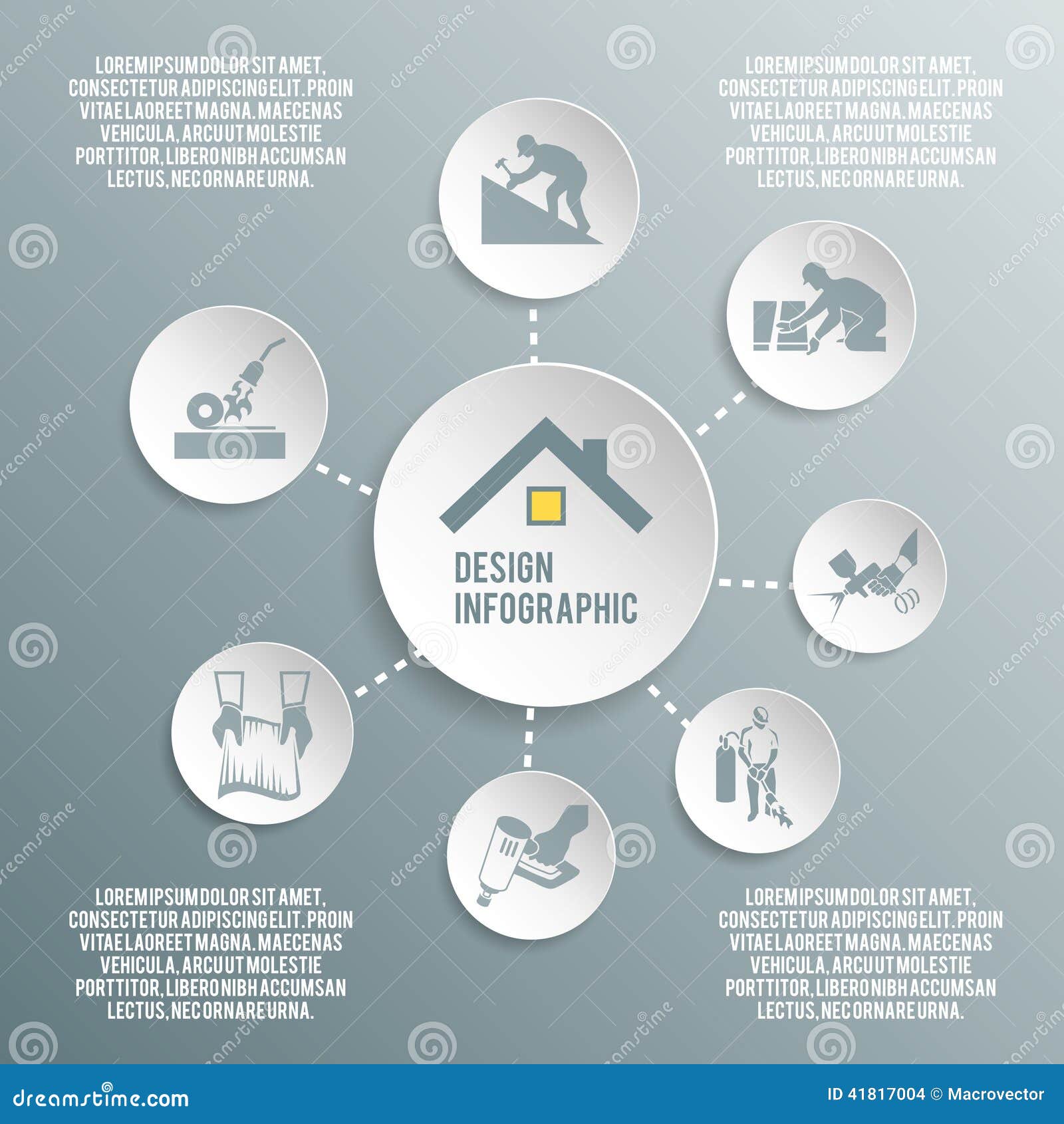Comprehending The Innovation And Functionality Of Solar Panels: A Novice'S Introduction
Comprehending The Innovation And Functionality Of Solar Panels: A Novice'S Introduction
Blog Article
Team Writer-Merritt Haynes
So, you've read about photovoltaic panels and their prospective to produce electrical power from sunshine, but how precisely do they work? Recognizing the complex modern technology behind photovoltaic panels can be a fascinating journey into the globe of renewable resource. From the fundamental principles of photovoltaic cells to the intricate parts that compose a photovoltaic panel system, there's a whole world of understanding waiting to be checked out. Allow's untangle https://www.wboy.com/news/marion/marion-county-humane-society-inches-closer-to-opening-new-shelter-doors/ of photovoltaic panel innovation with each other.
Photovoltaic Panel Innovation Principles
To really realize the essence of solar panel technology, you have to delve into the essential concepts that underpin its capability. Solar panels contain photovoltaic cells, generally made from silicon, which have the amazing capacity to convert sunlight into electrical power via the photovoltaic or pv effect. When sunshine hits the cells, the photons in the light interact with the silicon atoms, triggering the electrons to break without their atomic bonds. This creates an electrical current that can after that be used for powering various gadgets.
The vital part of solar panels is the semiconductors within the solar batteries, which facilitate the conversion of sunlight right into usable electrical power. These semiconductors have both favorable and adverse layers, producing an electrical field that allows for the circulation of electrons.
https://40wattsolarpanel31975.bloggerchest.com/29245722/the-quest-to-locate-the-very-best-solar-panel-type-for-your-home-starts-below-with-important-variables-waiting-for-exploration-are-you-all-set of electrons, when connected in a circuit, generates straight present (DC) power. Recognizing these standard principles is crucial for appreciating just how solar panels can harness the sun's power to power homes, services, and even satellites in space.
How Solar Panels Generate Electricity
Photovoltaic panel harness the sun's power by converting sunlight right into electrical energy through a procedure called the photovoltaic result. When sunshine hits the photovoltaic panels, the photons (light bits) are taken in by the semiconducting products within the panels, usually made from silicon. This absorption produces an electric current as the photons knock electrons loosened from the atoms within the product.
The electrical fields within the solar batteries after that compel these electrons to stream in a particular instructions, developing a direct current (DC) of power. This straight current is then passed through an inverter, which transforms it into alternating present (A/C) electrical energy that can be used to power your home or organization.
Excess electrical energy created by the solar panels can be saved in batteries for later usage or fed back right into the grid for debt through a process called net metering. Recognizing exactly how solar panels produce power is vital to appreciating the environmental and cost-saving advantages of solar energy systems.
Understanding Solar Panel Parts
One critical facet of photovoltaic panel technology is comprehending the numerous elements that make up a photovoltaic panel system.
The essential elements of a photovoltaic panel system include the solar panels themselves, which are comprised of photovoltaic cells that convert sunshine into electrical energy. These panels are installed on a structure, often a roof, to record sunshine.
In addition to the panels, there are inverters that convert the direct present (DC) electricity created by the panels into alternating current (AIR CONDITIONING) electrical power that can be made use of in homes or businesses.
The system additionally consists of racking to support and place the photovoltaic panels for ideal sunshine direct exposure. Additionally, cables and connectors are necessary for carrying the electricity created by the panels to the electrical system of a building.
Last but not least, a tracking system might be consisted of to track the efficiency of the photovoltaic panel system and ensure it's functioning effectively. Understanding these parts is vital for any individual seeking to install or use solar panel innovation properly.
Conclusion
Now that you understand the essentials of solar panel technology and how it works, you can appreciate the power of using sunlight to create clean and renewable energy for your building. By making use of the photovoltaic or pv impact and parts like inverters and monitoring systems, you can contribute to an extra sustainable future while also possibly saving on power costs. Keep understanding and checking out the opportunities of solar power for a greener tomorrow.
